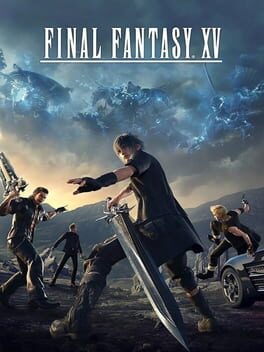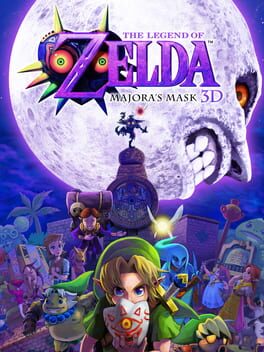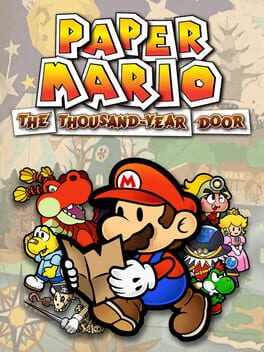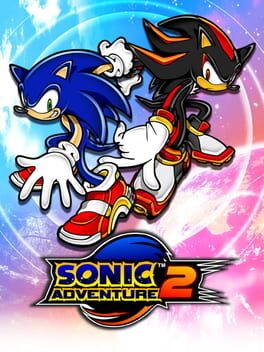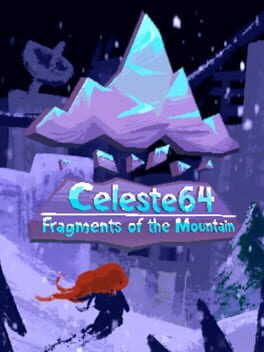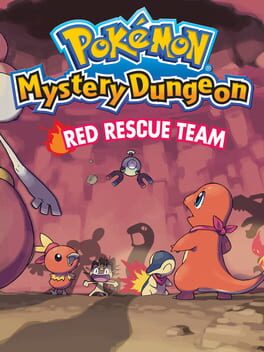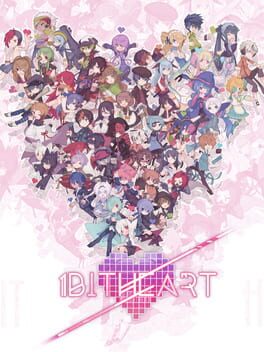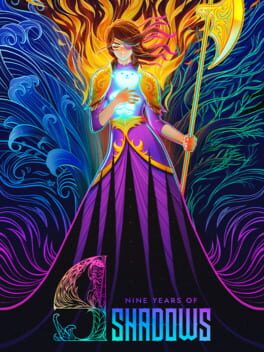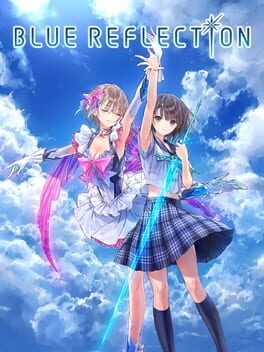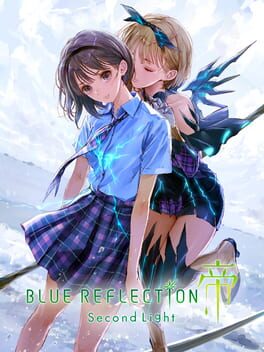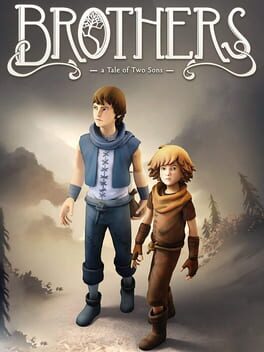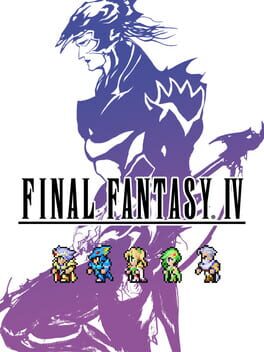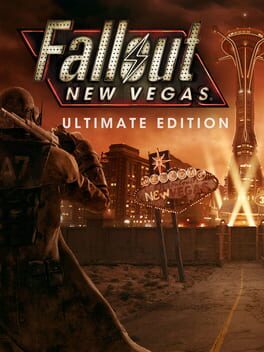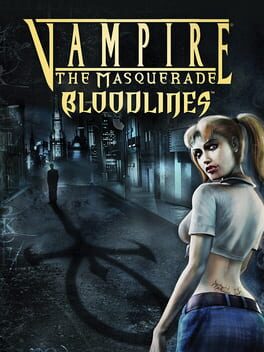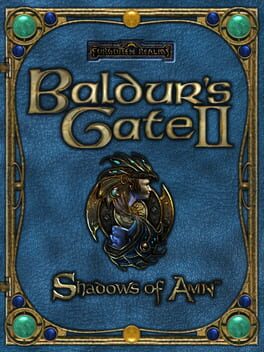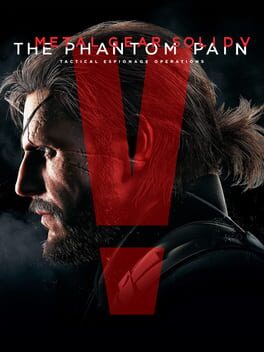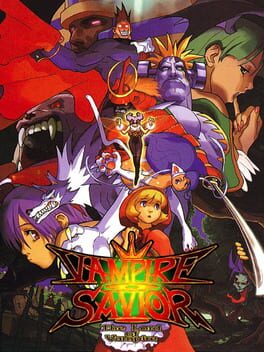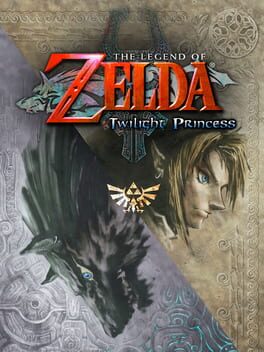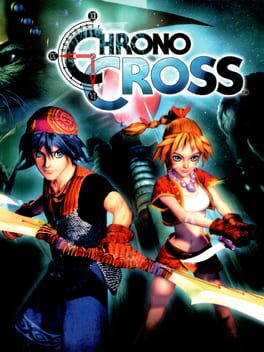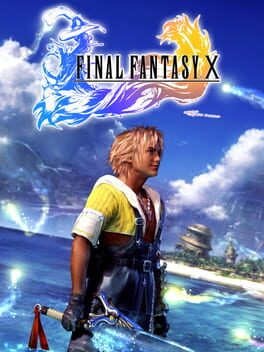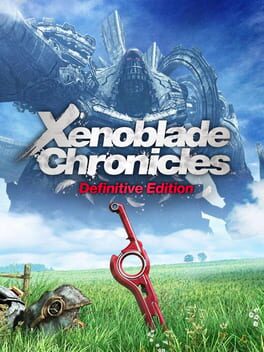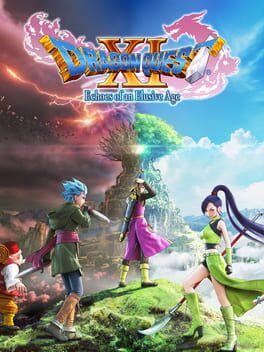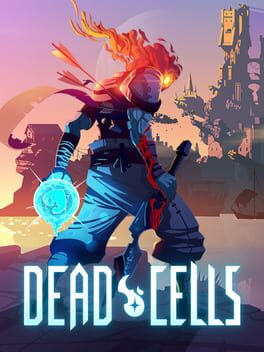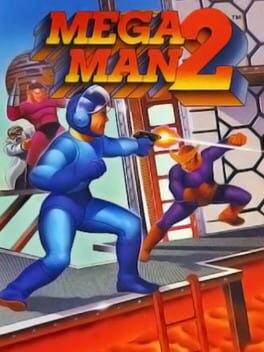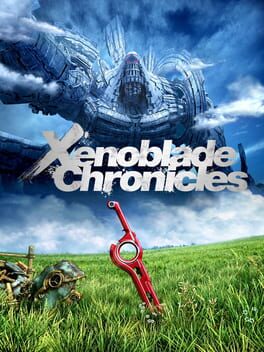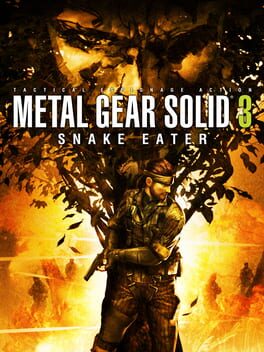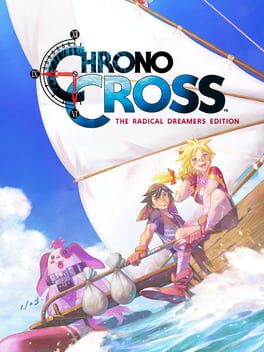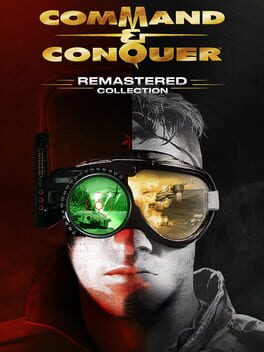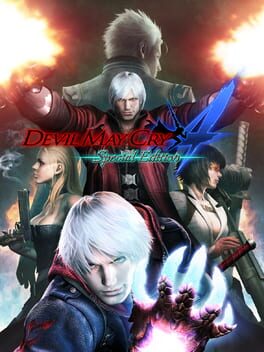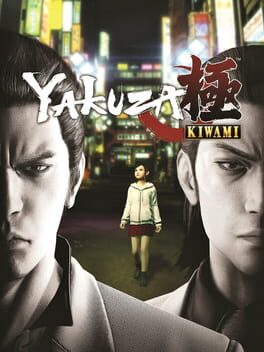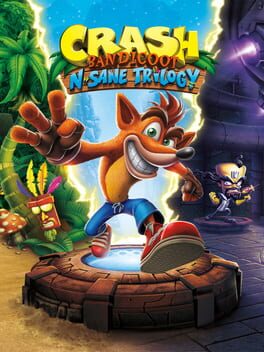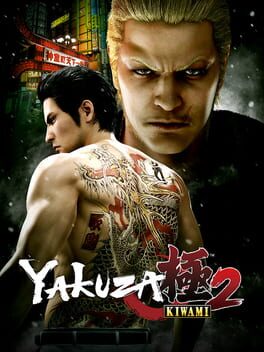novabrightstar
658 reviews liked by novabrightstar
this game asks a lot of you, both mentally and physically, but pushing through to at least the standard ending is pretty rewarding. not every level or boss is a winner, having to use a currency to save is just unnecessarily punishing, the lives and checkpoint systems feel almost cruel if you aren't playing on something that allows you to use save states, but i think what does work REALLY works. don't feel bad for using save states your first playthrough (or even just in general lol), it's a game that honestly gets better the more you play it
Final Fantasy XV
2016
Super Mario 64
1996
Part of growing up for me has definitely been finally admitting that Super Mario 64 is a legitimately special video game. Not even just for its historical importance, but for what it remains to be to this day. The level of freedom that the player has in which challenges they want to take on, the high levels of player expression that exist within its conceptually limited yet spatially broad acrobatics moveset, the way it's capable of being beautiful, whimsical, moody, or even haunting. I still find myself picking it up and playing it over most other 3D platformers to this day, the allure of its worlds dragging me deeper into my nth playthrough; it's just that intuitively enjoyable.
Sure, the controls take some getting used to, but Nintendo EAD was able to really get the controls down in a way that I don't think they've ever been able to fully replicate. It's less than ideal that stars kick you out of the stage, and some of the later levels don't really mesh with the control scheme in the same way the more exploration-focused early levels do, but none of that matters in the moment. Super Mario 64 lets you make what you want out of it, and that's what keeps it evergreen.
Sure, the controls take some getting used to, but Nintendo EAD was able to really get the controls down in a way that I don't think they've ever been able to fully replicate. It's less than ideal that stars kick you out of the stage, and some of the later levels don't really mesh with the control scheme in the same way the more exploration-focused early levels do, but none of that matters in the moment. Super Mario 64 lets you make what you want out of it, and that's what keeps it evergreen.
Majora's Mask 3D takes what was a masterpiece and makes it... mostly the same except it looks broadly more appealing from a graphical standpoint (while sacrificing that moodiness N64 games naturally held), and they've replaced some of the "jankier" aspects of the original with new, more complex forms of frustrating mechanical aspects. Most of the ways they chose to "fix" the game feel misguided at best, but there are a few welcome changes tucked away in here.
I'd say if you want a marginally more consumable version of the Majora's Mask, this is kind of what you're looking for? But you're probably just better off playing the original since it's not only the easier version to set up and play but also feels more even in visuals and design, more authentic. Whereas Majora's Mask 3D feels lost in time, one foot in the N64 era and the other foot in the 3DS era, full of half-formed ideas on how to improve upon a game that perhaps didn't even really need improving upon.
I'd say if you want a marginally more consumable version of the Majora's Mask, this is kind of what you're looking for? But you're probably just better off playing the original since it's not only the easier version to set up and play but also feels more even in visuals and design, more authentic. Whereas Majora's Mask 3D feels lost in time, one foot in the N64 era and the other foot in the 3DS era, full of half-formed ideas on how to improve upon a game that perhaps didn't even really need improving upon.
The double-edged-ness of TTYD runs throughout its very being. A bizarrely crunchy and engaging turn-based/action combat system hybrid, but very little in the main story is going to truly challenge the seasoned player without interfacing with the various methods the game gives the player to create their own challenge mode (and even then you might not ever see a game over screen). A 50/50 gender ratio in the main cast, further bolstered by each of those women being really fun designs with strong personalities, which is then doused by the swamp water that is the tendency for RPG writers to feel the need to make every woman in the main cast be horny for the main protagonist in a really awkward way (like, it's just little old Mario, and he never seems to really welcome any of this affection, literally kissed or accosted with physical affection against his will more times than you count on two hands I'd wager). A strong sense of humor that crumbles under the weight of its desire to constantly be punching down (Vivian is not the great trans representation you've been told she is in the original Japanese script, it's so much worse than you realize). A story that could summed up as a quirky DnD campaign with strong variety both visually and conceptually, it really does transcend what you'd expect from a Mario game... but then it really has nothing cohesive to say in the end, not even an overarching theme or some sort of broad feeling to impart to the player beyond just expecting the player to appreciate the adventure for what it was.
But despite all that it does manage to work, and it's hard to fault Intelligent Systems for really trying to form this into an experience that was probably pushing at the boundaries of what Nintendo was allowing them to get away with, and even the parts I dislike just end up adding to the game's overall sense of character. How many other Mario games portray the issue of casual misogyny within the workplace? How many other Mario games have you participating in organized crime? Much of the experience is cobbled together out of novelty, but it manages to come together in a way that elevates what it even means to be a Mario game.
A lot of people complain about the backtracking, and really, they're not that wrong. Each screen in the game is its own carefully constructed diorama of sorts both in terms of gameplay and visuals, and because of that every chapter is composed of maybe 4 to 6 "major" screens with a varying amount of "minor" screens (that are mostly made up of smaller rooms or houses within towns or villages) and maybe a dungeon that's composer of a handful of screens itself. Some chapters you're basically just gonna be going back and forth through the same screens ad nauseum, and while somebody who has played the game more times than she can count like me is able to see why the game is the way it is, I wouldn't blame anybody if that broke the camel for them.
Anyways, before I wrap this up I'm gonna talk about Vivian, especially because I feel a wave of discourse potentially bubbling up whenever the remake releases. I could probably write a whole detailed essay on Vivian's portrayal, but I'll give the rundown, and if you wanna look into it more yourself, MarioWiki's article on Vivian has probably the most comprehensive set of sources I've seen (I'm sorry I'm lazy about properly formatting sources within my reviews). In the Japanese version she's characterized as a crossdresser (specifically referred to as "otoko no ko"), and it feels mostly played as a joke at Vivian's expense, with that being pretty much the same in the French and Spanish localizations. There's a particularly nasty scene in the second chapter of the Japanese script where Vivian is visibly gutted, unable to defend herself after her sister denies her gender identity; this was replaced for a less extreme, but still clearly abusive conversation about how she's ugly in the English version (with her gender never being called into question). Interestingly, the Italian version's portrayal of Vivian is the bravest with it not only acknowledging her womanhood and retaining her transness (which was effectively just dropped in the English and German scripts), but also reworking the entire scenario where her sister denies her gender identity into one where Vivian stands up for herself and proclaims her pride for " having become a woman". As well in the Italian version, the Tattle Log and in-menu text ostensibly refer to her as a woman or with feminine terminology (whereas even the in-menu text in the Japanese version seemingly mocks her by referring to her with masculine terminology).
The upcoming remake's English script will probably retain the "ambiguity" of the original localization (I say ambiguity because tbh that's a bias a lot of people still have, where they assume the lack of explicitly textual queerness implies the the character is cishet, but that's a discussion for another time), though there are explicit changes to the script that have already been shown, so there's some hope that the English script could even adapt aspects of the original's Italian script within the framework of modern sensibilities.
Either way, Paper Mario: The Thousand-Year Door is beloved for a reason, and even among its own ilk it stands out both in gameplay and aesthetic. I still don't find myself really longing for another one like it, the older I get the more I just appreciate experiences for what they are. Sure, games like Sticker Star or Color Splash are vapid simulacrums of their predecessors, but I don't really feel personally attacked by their mere existence. TTYD still exists, and regardless of whether we get the mythical True TTYD Sequel, TTYD's existence is immutable. Our lives are short, and the love we're able to extract from our experiences is ephemeral; it's better to just enjoy what we have while we have it than chase after a high that would never be able to live up to nostalgia-soaked memories anyways.
But despite all that it does manage to work, and it's hard to fault Intelligent Systems for really trying to form this into an experience that was probably pushing at the boundaries of what Nintendo was allowing them to get away with, and even the parts I dislike just end up adding to the game's overall sense of character. How many other Mario games portray the issue of casual misogyny within the workplace? How many other Mario games have you participating in organized crime? Much of the experience is cobbled together out of novelty, but it manages to come together in a way that elevates what it even means to be a Mario game.
A lot of people complain about the backtracking, and really, they're not that wrong. Each screen in the game is its own carefully constructed diorama of sorts both in terms of gameplay and visuals, and because of that every chapter is composed of maybe 4 to 6 "major" screens with a varying amount of "minor" screens (that are mostly made up of smaller rooms or houses within towns or villages) and maybe a dungeon that's composer of a handful of screens itself. Some chapters you're basically just gonna be going back and forth through the same screens ad nauseum, and while somebody who has played the game more times than she can count like me is able to see why the game is the way it is, I wouldn't blame anybody if that broke the camel for them.
Anyways, before I wrap this up I'm gonna talk about Vivian, especially because I feel a wave of discourse potentially bubbling up whenever the remake releases. I could probably write a whole detailed essay on Vivian's portrayal, but I'll give the rundown, and if you wanna look into it more yourself, MarioWiki's article on Vivian has probably the most comprehensive set of sources I've seen (I'm sorry I'm lazy about properly formatting sources within my reviews). In the Japanese version she's characterized as a crossdresser (specifically referred to as "otoko no ko"), and it feels mostly played as a joke at Vivian's expense, with that being pretty much the same in the French and Spanish localizations. There's a particularly nasty scene in the second chapter of the Japanese script where Vivian is visibly gutted, unable to defend herself after her sister denies her gender identity; this was replaced for a less extreme, but still clearly abusive conversation about how she's ugly in the English version (with her gender never being called into question). Interestingly, the Italian version's portrayal of Vivian is the bravest with it not only acknowledging her womanhood and retaining her transness (which was effectively just dropped in the English and German scripts), but also reworking the entire scenario where her sister denies her gender identity into one where Vivian stands up for herself and proclaims her pride for " having become a woman". As well in the Italian version, the Tattle Log and in-menu text ostensibly refer to her as a woman or with feminine terminology (whereas even the in-menu text in the Japanese version seemingly mocks her by referring to her with masculine terminology).
The upcoming remake's English script will probably retain the "ambiguity" of the original localization (I say ambiguity because tbh that's a bias a lot of people still have, where they assume the lack of explicitly textual queerness implies the the character is cishet, but that's a discussion for another time), though there are explicit changes to the script that have already been shown, so there's some hope that the English script could even adapt aspects of the original's Italian script within the framework of modern sensibilities.
Either way, Paper Mario: The Thousand-Year Door is beloved for a reason, and even among its own ilk it stands out both in gameplay and aesthetic. I still don't find myself really longing for another one like it, the older I get the more I just appreciate experiences for what they are. Sure, games like Sticker Star or Color Splash are vapid simulacrums of their predecessors, but I don't really feel personally attacked by their mere existence. TTYD still exists, and regardless of whether we get the mythical True TTYD Sequel, TTYD's existence is immutable. Our lives are short, and the love we're able to extract from our experiences is ephemeral; it's better to just enjoy what we have while we have it than chase after a high that would never be able to live up to nostalgia-soaked memories anyways.
Sonic Adventure 2
2001
as a sick and twisted individual who enjoys janky, open-ended 3D platformers infinitely more than tight, immaculately designed 2D platformers, this fuckin' rules. got more dopamine dying over and over in one of the shitty mario sunshine references than i did from the entirety of the real (actually good) celeste. though it's actually pretty impressive it's as functional as it is considering developing 3D platformers is really fucking difficult, let alone making one in just a week. also i can't wait for madeline to be the third canonical trans lesbian in super smash bros
Persona 3 Reload
2024
For what it's worth, I think this is a testament to how beautifully this game has aged. It's more of the same Persona 3 that you have played before either through Portable or the original, but sprinkled with fairy godmother dust. It's a gorgeous game, the UI is incredible to just stare at, just like Persona 5.
A lot of people will simplify this to "just Persona 5-ifying Persona 3", and they wouldn't be wrong to make that assumption. Certain QoL features, like the Network surveys, trivialize the need for a guide to follow for quiz answers and what to do on a daily basis. Though most are a welcome addition, such as the limit break like theurgy system, or the Monad Passageways. I played through the game with my party on Act Freely to relive that experience I had just like the first time I played FES all those years ago. The game was easier in the later half once I switched over to direct command.
It's a true remake in the best of case: making the game prettier than ever, while adding minor modern changes to improve that experience for newer fans.
A lot of people will simplify this to "just Persona 5-ifying Persona 3", and they wouldn't be wrong to make that assumption. Certain QoL features, like the Network surveys, trivialize the need for a guide to follow for quiz answers and what to do on a daily basis. Though most are a welcome addition, such as the limit break like theurgy system, or the Monad Passageways. I played through the game with my party on Act Freely to relive that experience I had just like the first time I played FES all those years ago. The game was easier in the later half once I switched over to direct command.
It's a true remake in the best of case: making the game prettier than ever, while adding minor modern changes to improve that experience for newer fans.
Ever since last Eid, I've been trying to complete this game. Slowly chipping away at this game, but now It's finally complete. The premise has always stuck out to me. Though, this game starts to show its flaws the further you go. It's a game designed for bus rides to school, for the long car rides to grandma house, not for the long binge sessions I'm usually accustomed to.
After fighting the grueling fight against Articuno, the cracks started to show. With the party you randomly amassed, dungeoneering starts to feel like a clusterfuck. Especially with the map covering the screen. Though, it might just not be for me
After fighting the grueling fight against Articuno, the cracks started to show. With the party you randomly amassed, dungeoneering starts to feel like a clusterfuck. Especially with the map covering the screen. Though, it might just not be for me
This review contains spoilers
It’s rather impressive how the strengths and weaknesses of Breath of the Wild were flipped for Tears of the Kingdom. Where the former game was a refreshing open world dragged down by its underbaked immersive sim elements, the latter is a brilliant immersive sim parred with a disappointing open world. Put another way, with the re-use of Breath’s Hyrule, the joy of discovery that defines the best entries in the open world has been shifted to the mechanics and the new maps that Tears provides. One of these emotive redistributions works quite well (for the most part) and the other does not (for the most part), leading to a final product that sings quite well but sag in a few important places.
The core problem that needs to be solved when designing an immersive sim is that all of the wacky creative choices that the player needs to be more appealing than just taking the path of least resistance. Tools like magnetism and time freeze in Breath had limited applications in combat, and simply slapping enemies with your sword was just more efficient, even with the weapon degradation system attempting to force the player into more spontaneous play. In a single fell swoop, the new ability Fuse, which allows the player to attach any item to any weapon, provides a host of useful and whacky combat and exploration utility, while also giving purpose to the hoard of items and weapons that the player accrues of the course of playing these two games. Being able to enhance any weapon I find with whatever I choose makes the temporality of my weapons far less bothersome because I’ll always have something on hand to suit my needs, while still having the possibility open for creativity and experimentation. While the powers Ascend and Rewind allow for unique navigation options, the real showstopper of Tears is, of course, Ultrahand, which allows the assemblage of standard items and special Zonai tools into nearly whatever form the player desires. The building blocks of the system are easy and intuitive, allowing for both complex engineering and satisfying simple solution crafting. However, the game is far better at incentivizing using Ultrahand to solve simple problems in closed areas, such as the sky islands, the shrines, and the dungeons than it is at incentivizing that complex engineering. Tearsrequires the player to have intrinsic motivation to access its wilder possibilities outside of funny videos on twitter, which is mostly fine, but makes all the time I spent to get my Zonai batteries to max capacity feel like a waste, which brings us to the reason why the new open world ofTears falls so flat.
Of course, there’s a good degree of value in the opportunity to see how the people of Hyrule have progressed since the events of Breath, but the accompanying busy work of unlocking regions I’ve already explored is hardly appreciated. This wouldn’t be a large problem whatsoever weren’t for the lacking nature of the new open world zone in the form of The Depths. My initial discovery of the massive underground cavern lying below Hyrule was a rush of horror and awe (albeit a pale shadow of the experience of entering Elden Ring’s Caelid for the first time) but once you’ve seen one area of The Depths you’ve seen them all, with rare exception. However, this area has the materials that are needed to build Zonai devices from scratch and to mean upgraded battery, which means if you don’t want your time with the toys you build to be painfully short, you have to spend a painfully long time down under. I wanted to make use of the more open ended nature of the Ultrahand system, so after my time in The Depths I built a war machine that I’m decently proud of to fight Ganon, but could only be used for twenty seconds on a max level battery. Turns out, in the actual fight I didn’t have enough time for auto-build to assemble it and for it to take off, so I simply resorted to slapping him with a sword again. It was a sharp reminder of how the freedom of the mechanics conflicts with the freedom of the open world, making me wish that this was a more focused and condensed experience, that asked the player to use ultrahand and fuse to solve more specific problems.
Before I go, I will expend a few words on the narrative of Tears, which has some strikingly bold decisions but is ultimately let down by typical Nintendo cowardice, where status quo triumphs over progression everytime. I must ask, is there anyone on the planet who doesn't want Link to keep his awesome new arm, and if so, who is letting them near Nintendo’s development offices? A similar aversion to consequences manifests in Zelda’s arc, which sees her unfortunately sidelined once more but this time in a way that’s actually kind of interesting, until it’s reverted in tidy fashion in time for the credits. Even in a series with threadbare continuity, things must go back to the way things were. Now, thanks to my dopamine starved brain, this review is being published several months after I actually finished the game, but when I think about Tears of the Kingdom these days, two things come to mind; the all timer final boss fight and all the time I spent gathering apples at the same damn apple orchard from Breath of the Wild.
The core problem that needs to be solved when designing an immersive sim is that all of the wacky creative choices that the player needs to be more appealing than just taking the path of least resistance. Tools like magnetism and time freeze in Breath had limited applications in combat, and simply slapping enemies with your sword was just more efficient, even with the weapon degradation system attempting to force the player into more spontaneous play. In a single fell swoop, the new ability Fuse, which allows the player to attach any item to any weapon, provides a host of useful and whacky combat and exploration utility, while also giving purpose to the hoard of items and weapons that the player accrues of the course of playing these two games. Being able to enhance any weapon I find with whatever I choose makes the temporality of my weapons far less bothersome because I’ll always have something on hand to suit my needs, while still having the possibility open for creativity and experimentation. While the powers Ascend and Rewind allow for unique navigation options, the real showstopper of Tears is, of course, Ultrahand, which allows the assemblage of standard items and special Zonai tools into nearly whatever form the player desires. The building blocks of the system are easy and intuitive, allowing for both complex engineering and satisfying simple solution crafting. However, the game is far better at incentivizing using Ultrahand to solve simple problems in closed areas, such as the sky islands, the shrines, and the dungeons than it is at incentivizing that complex engineering. Tearsrequires the player to have intrinsic motivation to access its wilder possibilities outside of funny videos on twitter, which is mostly fine, but makes all the time I spent to get my Zonai batteries to max capacity feel like a waste, which brings us to the reason why the new open world ofTears falls so flat.
Of course, there’s a good degree of value in the opportunity to see how the people of Hyrule have progressed since the events of Breath, but the accompanying busy work of unlocking regions I’ve already explored is hardly appreciated. This wouldn’t be a large problem whatsoever weren’t for the lacking nature of the new open world zone in the form of The Depths. My initial discovery of the massive underground cavern lying below Hyrule was a rush of horror and awe (albeit a pale shadow of the experience of entering Elden Ring’s Caelid for the first time) but once you’ve seen one area of The Depths you’ve seen them all, with rare exception. However, this area has the materials that are needed to build Zonai devices from scratch and to mean upgraded battery, which means if you don’t want your time with the toys you build to be painfully short, you have to spend a painfully long time down under. I wanted to make use of the more open ended nature of the Ultrahand system, so after my time in The Depths I built a war machine that I’m decently proud of to fight Ganon, but could only be used for twenty seconds on a max level battery. Turns out, in the actual fight I didn’t have enough time for auto-build to assemble it and for it to take off, so I simply resorted to slapping him with a sword again. It was a sharp reminder of how the freedom of the mechanics conflicts with the freedom of the open world, making me wish that this was a more focused and condensed experience, that asked the player to use ultrahand and fuse to solve more specific problems.
Before I go, I will expend a few words on the narrative of Tears, which has some strikingly bold decisions but is ultimately let down by typical Nintendo cowardice, where status quo triumphs over progression everytime. I must ask, is there anyone on the planet who doesn't want Link to keep his awesome new arm, and if so, who is letting them near Nintendo’s development offices? A similar aversion to consequences manifests in Zelda’s arc, which sees her unfortunately sidelined once more but this time in a way that’s actually kind of interesting, until it’s reverted in tidy fashion in time for the credits. Even in a series with threadbare continuity, things must go back to the way things were. Now, thanks to my dopamine starved brain, this review is being published several months after I actually finished the game, but when I think about Tears of the Kingdom these days, two things come to mind; the all timer final boss fight and all the time I spent gathering apples at the same damn apple orchard from Breath of the Wild.
24 lists liked by novabrightstar
by CorpsSansOrganes |
52 Games
by CorpsSansOrganes |
108 Games
by theia |
10 Games
by Steinco |
13 Games
by zeusdeegoose |
3 Games
by Lemonstrade |
30 Games
by _YALP |
22 Games
by chandler |
23 Games
by chandler |
48 Games

